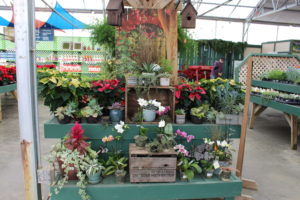
Magnolias Close To Extinction
Magnolias may be blooming in U.S. gardens this spring, but it’s a different story in the wild. More than half the world’s magnolia species are facing extinction in their native forest habitats, according to a new report called The Red List of the Magnoliaceae, published jointly by Botanic Gardens Conservation International (BGCI) and Fauna and Flora International (FFI), through the Global Trees Campaign (GTC). The report identifies 131 wild magnolias as being in danger of extinction, from a global total of 245 species.
The significance of this potential loss of magnolias lies in the threat to the family’s genetic diversity. Also, they are a highly sensitive indicator of the well being of the forests in which they are found. Magnolias are among the most ancient groups of flowering plants and have long been cultivated by mankind. Some specimens growing in the precincts of Chinese temples are estimated to be up to 800 years old. They are popular as ornamental plants in gardens around the world (although fewer than 15 species are common in cultivation). Wild magnolias are a source of timber, food and medicines for local communities.
Two-thirds of known magnolia species are found in Asia, with more than 40 percent occurring in southern China. According to the report, half of all wild Chinese magnolias are at risk of extinction. In the United States, where magnolias are also found in the wild, a similar picture is emerging. In Colombia, for example, the report concludes the threat of extinction hangs over 30 of its native species.
Drawing on the report’s findings, BGCI and FFI are collaborating through the Global Trees Campaign to boost conservation efforts for threatened magnolias. Later this month at the 3rd Global Botanic Gardens Congress in Wuhan, China, April 16-20, 2007, BGCI will launch a survey of botanic garden collections of threatened magnolias species. This will enable BGCI to identify precisely which threatened species are not yet held in ex situ collections (in botanic gardens and arboreta, etc.) and take action to ensure that integrated conservation measures for these species are developed and implemented.


















 Videos
Videos





